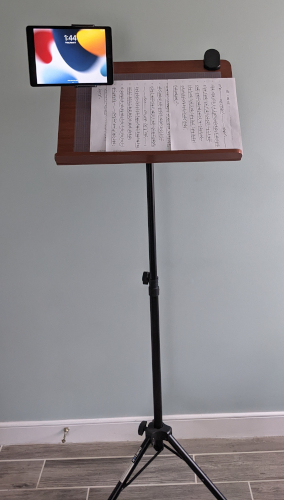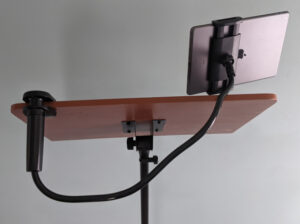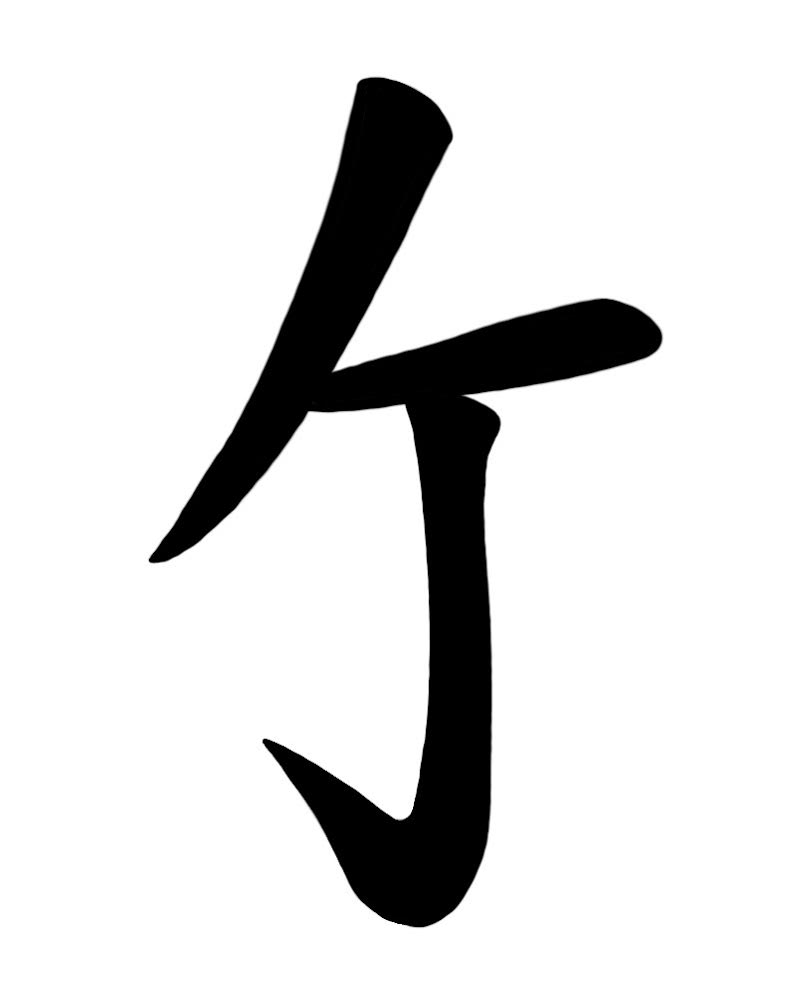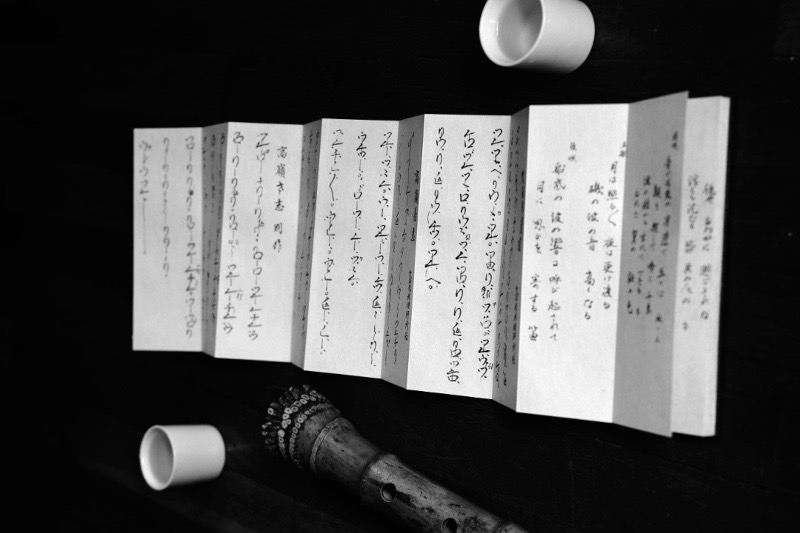Free Shakuhachi Lesson Videos — A Gift to Begin
- How to Play the Shakuhachi: A Free Video Course
My free video course on how to play the shakuhachi - How to Hold Larger Shakuhachi
- Shakuhachi Note Charts (video coming soon!)
Free shakuhachi note charts or ‘fingerings’ in Katakana - How to Play Your First Shakuhachi Honkyoku: Kyorei (虚鈴)
Take the Next Step — Practice With Me
Take your first steps, or in our case, breaths. Whether you’ve just acquired your first shakuhachi or you’ve been playing for years, I’m here to help you progress. Please get in touch by using the form on my contact page.
Voices from the Path — Words from My Students
While the path is personal, you’re not alone. Over the years, I’ve had the privilege of guiding many dedicated students. Here, you can find their reflections and experiences with my teaching.

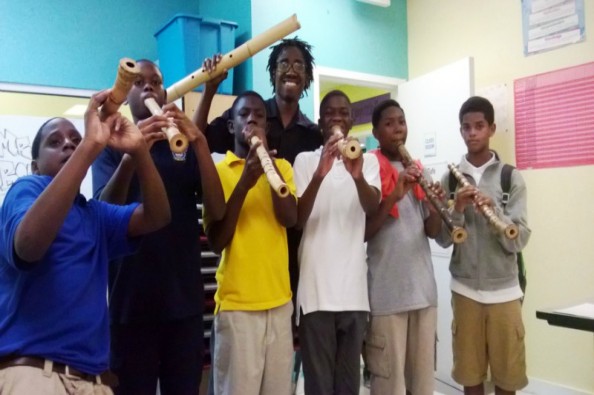
- I wanted to say how much I enjoyed our shakuhachi lesson today. Thank you so much for your care and attention – I know it will be invaluable, I’m so eager to begin applying what I learned to my practice. Can’t wait till next time!
- I just got an email from someone wanting to learn from me and they said you sent them my way! Thank you for your generosity Jon
- Thanks a million, Jon! That hour yesterday saved me years of learning and gaining confirmation (confidence). Knowing that I’m on the right track with shakuhachi lessons, rough around the edges tho I might be, enables me to concentrate on enjoying playing. I played both of your flutes today and they remind me each time I do just how lucky I am to have them.
- Your help is amazing, and my dominant ‘left-brain’ translated your very last line, of your last message, to a very enjoyable an productive session this morning. The ‘physics’ aspects of Shakuhachi are so important to me as I begin this journey, and I feel I have a very clear vision of body posture, head position, diaphragm, to ensure optimum airflow to my lips. Embouchure is a process and I feel there is progress understanding and feeling what the goal is.
- Thanks for an enlightening shakuhachi lesson! The devil is in the details as they say… As a visual artist it makes me think [about how] I could spend a lifetime learning just how to draw a perfect circle, or even a truly straight line. Each song, Life, moment etc., even the simplest, is so grand it contains a universe. Tremendously appreciative of this moment. Deep deep deep Bow
More kind words
- Thanks again for the awesome lesson today! I think you struck the perfect balance between explanation and playing/practice, and I love your teaching style. You’re a very good teacher, and I look forward to our next lesson!
- At least three times now you have honed in on problems I was having with the sound of my flute and suggested corrections that were immediately effective, with lasting result. Nothing I could have read in a book, or gained from listening to a Master player would have solved these difficulties, and I doubt I could have solved them on my own. I certainly had tried. It takes a good teacher.
- I have been trying to play for a little more than a year (with a teacher) and yours is the first decent explanation I have gotten on achieving Kan. I experimented with the tighter lips and higher pressure and saw an immediate result. THANKS!
- You are a great teacher. You actually helped me with my embouchure for bansuri (indian side-blown flute). The large bore and larger mouth hole makes it difficult. Your instruction is helping me think about lip shape and pressure in order to make improvements.
- Yay! I made a note. Now I gotta go do it again and again. Thank you so much for the lesson… I love it so far even if I can’t make it work constantly =-) *progress!!!
- You are responsible for helping me make my first sound on my new shakuhachi. Thank you!
Preparing for Your Live Shakuhachi Lesson
To make the most of our time together, or with any teacher, a little preparation goes a long way. Following these simple steps before our online shakuhachi lessons will greatly benefit you.
- Warm-Up Beforehand
I recommend you begin warming up at least 30 minutes before our scheduled time. This ensures you’re ready to play as soon as our shakuhachi lesson begins. - Test Your Technology
Check that your devices and video chat app are updated and working correctly, ideally the day before our session. This prevents our lesson time from being used for technical troubleshooting. - Disable Noise Cancellation
It’s essential that you turn off any “noise cancellation” or “noise filtering” features in your app’s audio settings (the chat service we’ll use thankfully doesn’t apply any such filters). These features mistake the sound of the shakuhachi for background noise and will filter it out. If you have trouble finding this setting, a quick web search for your specific app and device should provide a guide. - Prepare Your Notation
Have any new shakuhachi notation printed and ready. It’s helpful to have a clean copy for reference and a second copy (or a separate notebook) for writing notes. This also gives you the option of viewing the notation file directly on your screen. - Set Up Your Camera and Posture
Position your camera so I can clearly see you from your bottom hand up to your eyes. Good posture is crucial for playing the shakuhachi. Standing is always best, but if you sit, keep your spine straight and don’t lean back or rest your arms on the chair’s armrests. I encourage you to use the same posture during our lessons that you use for your daily practice. To help maintain good form, place your notation at eye level. A music stand is an excellent tool for this.
Thank you for reading! If you feel at all overwhelmed by this info, or the concept of online lessons, it all comes together before you know it. Josen
